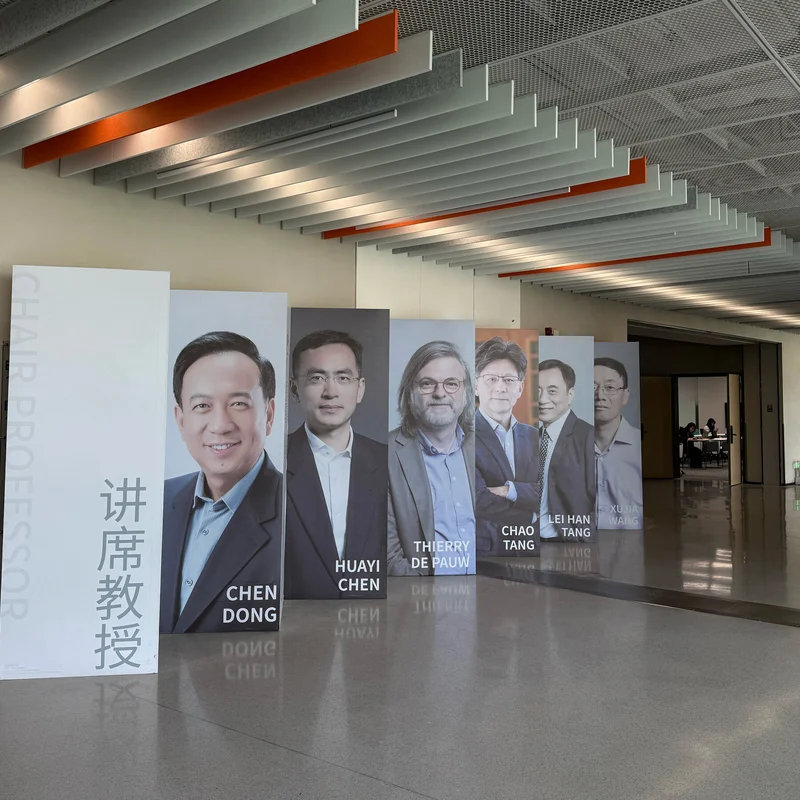Table of Contents
- Why Technology Drives Economic Growth
- Meet the 2025 Nobel Laureates in Economics
- Joel Mokyr’s Groundbreaking Framework
- Aghion & Howitt: Masters of Creative Destruction
- Real-World Impact of Their Theories
- Sources
Why Technology Drives Economic Growth
In an era defined by AI breakthroughs, quantum leaps, and digital transformation, understanding how technology fuels long-term economic prosperity has never been more critical. On October 13, 2025, the Royal Swedish Academy of Sciences crowned three economists whose decades of research have reshaped how we view innovation’s role in global growth.
Meet the 2025 Nobel Laureates in Economics
The Nobel Memorial Prize in Economic Sciences was awarded to:
- Joel Mokyr – Northwestern University (awarded half the prize)
- Philippe Aghion – INSEAD & London School of Economics
- Peter Howitt – Brown University (Aghion and Howitt shared the other half)
Their collective work answers a foundational question: What turns fleeting inventions into engines of sustained economic progress?
Joel Mokyr’s Groundbreaking Framework
Mokyr, a historian-economist known for blending deep historical analysis with economic theory, was honored “for having identified the prerequisites for sustained growth through technological progress.” His research traces how cultural openness, scientific communities, and institutional trust enabled the Industrial Revolution—and continue to underpin modern innovation ecosystems.
Unlike traditional models that treat technology as an afterthought, Mokyr places it at the heart of economic evolution. His books, like A Culture of Growth, argue that ideas—not just capital or labor—drive long-term prosperity.
Aghion & Howitt: Masters of Creative Destruction
Philippe Aghion and Peter Howitt received their share of the prize for developing “the theory of sustained growth through creative destruction”—a concept originally coined by Joseph Schumpeter but mathematically formalized and empirically validated by the duo in the 1990s.
Their model shows how new innovations constantly replace outdated technologies and firms, creating dynamic churn that fuels productivity gains. This isn’t just theoretical: it explains why Silicon Valley thrives while legacy industries struggle to adapt.
Key Insights from Their Work:
- Innovation requires competition—not monopolies.
- Strong intellectual property rights must balance incentives with diffusion.
- Public investment in R&D amplifies private-sector breakthroughs.
Real-World Impact of Their Theories
From U.S. semiconductor policy to EU green tech subsidies, governments now design innovation strategies using frameworks pioneered by these laureates. For instance, the CHIPS Act and Inflation Reduction Act reflect Aghion and Howitt’s emphasis on state-backed innovation markets.
Meanwhile, Mokyr’s historical lens warns against anti-science sentiment and institutional decay—timely concerns in an age of misinformation.
Sources
The New York Times: Three Share Nobel in Economics for Work on How Technology Drives Growth



